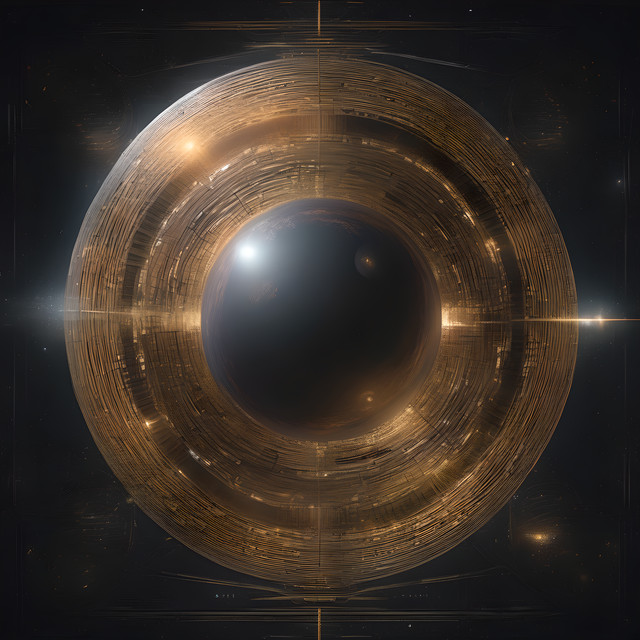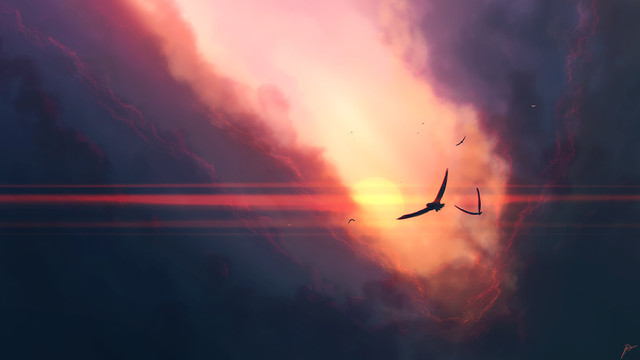HOME | DD
 CapturingTheNight — Comet and The Moon
CapturingTheNight — Comet and The Moon

#astrophotography #comet #moon
Published: 2015-07-25 07:57:08 +0000 UTC; Views: 7012; Favourites: 305; Downloads: 0
Redirect to original
Description
© Greg Gibbs. You may not use, replicate, manipulate, or modify this image without my permission. All Rights Reserved.
"Comet and The Moon"
Please feel free to share. Fullscreen view recommended for best quality.
Comet C/2014 Q1 PANSTARRS and the Crescent Moon. 18/07/2015 Southern NSW, Australia. Canon 6D and 70-300mm Lens at around about 150mm. ISO 800, F/4, single 30 second exposure. Tracked via an NEQ6 Pro Mount.
This lovely little comet is currently putting on a nice display low down in the west just after sunset for Southern Hemisphere observers. Last night the crescent Moon had a close encounter with the comet and I just had to drag my telescope mount out to try and capture it.
Related content
Comments: 42

👍: 0 ⏩: 0

👍: 0 ⏩: 0

Thank you so much
👍: 0 ⏩: 0

Thank you very much
👍: 0 ⏩: 1

You're welcome!
👍: 0 ⏩: 0

Thank you so much
👍: 0 ⏩: 0

Amazing capture. You do not usually see comet next to Moon
👍: 0 ⏩: 1

Thank you very much
👍: 0 ⏩: 1

This is the kind of photo that takes my breath away.
👍: 0 ⏩: 1


👍: 0 ⏩: 1

Wow, impressive that you could capture the comet's tails using the same exposure as the moon. Nice job of making the most of that opportunity!
👍: 0 ⏩: 1

Thank you so much 
👍: 0 ⏩: 0

No. It is still around. Above and to the left of Venus in the west just after dark at the moment. Difficult to see without binoculars or small telescope. Moon has been a big issue recently too.
👍: 0 ⏩: 1

Cool, I'll try and spot it now the Moon is rising later. Cheers.
👍: 0 ⏩: 0

Thank you so much
👍: 0 ⏩: 0

Fantastic, Mr. Gregg 
👍: 0 ⏩: 1

Thank you very much mate 
👍: 0 ⏩: 1

Ah! Clear as mud, mate! 


👍: 0 ⏩: 0

Thank you so much
👍: 0 ⏩: 1







































